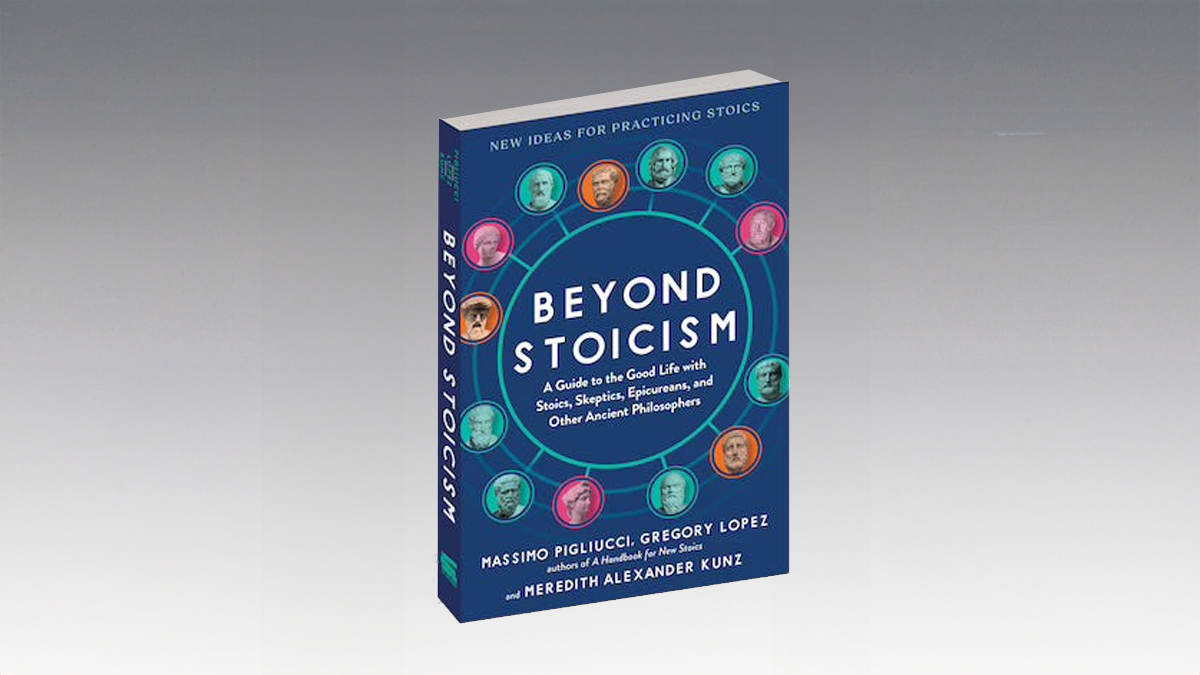Jim Hoge has been the editor of Foreign Affairs magazine since 1992. He holds the Peter G. Peterson Chair at the Council on Foreign Relations, and is a director of[…]
Sign up for the Smarter Faster newsletter
A weekly newsletter featuring the biggest ideas from the smartest people
The Asian nation—with its big military, nuclear weapons, and ongoing conflict with India—has been a “dangerous state” for the U.S. for some time. We’re only now starting to realize how urgent its situation is.
Question: What big trends have you missed during your 18-year rntenure at Foreign Affairs?
rn
rnJim Hoge: I had a number of people in Washington and the State rnDepartment and elsewhere telling me very early on, all the way back 18 rnyears ago, "Put the focus on Pakistan. Pakistan is going to be the mostrn dangerous state for all of us." And that was the head of policy rnplanning at the time, a man named Sam Lewis who said that to me and I rnsaid, “Well is that the number one item for policy planning, long term rnplanning for the century?” He said, “You bet it is.” Well it still is rnand it’s more urgent now than it was then. We did pay attention to rnthem. We’ve done a number of pieces on not just Pakistan, but the rndynamics of that region and how easily they come unraveled, but this wasrn long before 9/11 and long before Afghanistan was viewed as anything butrn a backwater after the Soviet invasion was over, so I still remember rnthat neither the State Department nor Foreign Affairs really grasped at rnthat time just what a problem Pakistan could end up to be.
rn
rnNow why do I call it a big problem now? Pakistan is a major state. rnIt’s not like Afghanistan, a backwater state. It has a big population, arn lot of big military, nuclear weapons and one of the great nation to rnnation conflicts that still goes on. If there is going to be another rnbig nation to nation war it’s more likely to be between India and rnPakistan than almost anybody else. We have been completely rnunsuccessful, not that we haven’t tried, when I say we I mean the Unitedrn States, in getting Pakistan and India to finally resolve the problems rnover Kashmir and get back into more normal state to state relationship rnputting the emphasis on their economic developments. In that period of rntime, those 18 years or so since that first warning Pakistan has gone rnthrough a great discombobulation, civil governments that didn’t work, rnmilitary coups that didn’t work, the rise in fundamentalism there. rnMeanwhile, across the border India has gone from being a relatively huge,rn poverty-ridden country with very few prospects for economic developmentrn into this raging new first rate power, which is where they’re headed, rnwith a very dynamic economy and so you have this contest between a rnfading Pakistan if you will and a rising India and that of course is thern grounds for even more tensions and possible miscalculations.
rn
rnQuestion: How would such a war affect the U.S.?
rn
rnJim Hoge: Well one has to assume that if there really was anotherrn all out Indian/Pakistani war that nuclear weapons would be used and rnwhat the specific ramifications would be it’s hard to say, but a nuclearrn war, there has only been one use of nuclear weapons ever, is an rnincalculable risk with unintended consequences. We are both an ally of rnPakistan and we are an ally of India. What would we do if the two of rnthem ended up in a war? What would we do if one started using nuclear rnweapons? I don’t know, but it is a cataclysm to be avoided at all rncosts.
Recorded May 28, 2010
Interviewed by Jessica Liebman
rn
rnJim Hoge: I had a number of people in Washington and the State rnDepartment and elsewhere telling me very early on, all the way back 18 rnyears ago, "Put the focus on Pakistan. Pakistan is going to be the mostrn dangerous state for all of us." And that was the head of policy rnplanning at the time, a man named Sam Lewis who said that to me and I rnsaid, “Well is that the number one item for policy planning, long term rnplanning for the century?” He said, “You bet it is.” Well it still is rnand it’s more urgent now than it was then. We did pay attention to rnthem. We’ve done a number of pieces on not just Pakistan, but the rndynamics of that region and how easily they come unraveled, but this wasrn long before 9/11 and long before Afghanistan was viewed as anything butrn a backwater after the Soviet invasion was over, so I still remember rnthat neither the State Department nor Foreign Affairs really grasped at rnthat time just what a problem Pakistan could end up to be.
rn
rnNow why do I call it a big problem now? Pakistan is a major state. rnIt’s not like Afghanistan, a backwater state. It has a big population, arn lot of big military, nuclear weapons and one of the great nation to rnnation conflicts that still goes on. If there is going to be another rnbig nation to nation war it’s more likely to be between India and rnPakistan than almost anybody else. We have been completely rnunsuccessful, not that we haven’t tried, when I say we I mean the Unitedrn States, in getting Pakistan and India to finally resolve the problems rnover Kashmir and get back into more normal state to state relationship rnputting the emphasis on their economic developments. In that period of rntime, those 18 years or so since that first warning Pakistan has gone rnthrough a great discombobulation, civil governments that didn’t work, rnmilitary coups that didn’t work, the rise in fundamentalism there. rnMeanwhile, across the border India has gone from being a relatively huge,rn poverty-ridden country with very few prospects for economic developmentrn into this raging new first rate power, which is where they’re headed, rnwith a very dynamic economy and so you have this contest between a rnfading Pakistan if you will and a rising India and that of course is thern grounds for even more tensions and possible miscalculations.
rn
rnQuestion: How would such a war affect the U.S.?
rn
rnJim Hoge: Well one has to assume that if there really was anotherrn all out Indian/Pakistani war that nuclear weapons would be used and rnwhat the specific ramifications would be it’s hard to say, but a nuclearrn war, there has only been one use of nuclear weapons ever, is an rnincalculable risk with unintended consequences. We are both an ally of rnPakistan and we are an ally of India. What would we do if the two of rnthem ended up in a war? What would we do if one started using nuclear rnweapons? I don’t know, but it is a cataclysm to be avoided at all rncosts.
Recorded May 28, 2010
Interviewed by Jessica Liebman
▸
26 min
—
with





